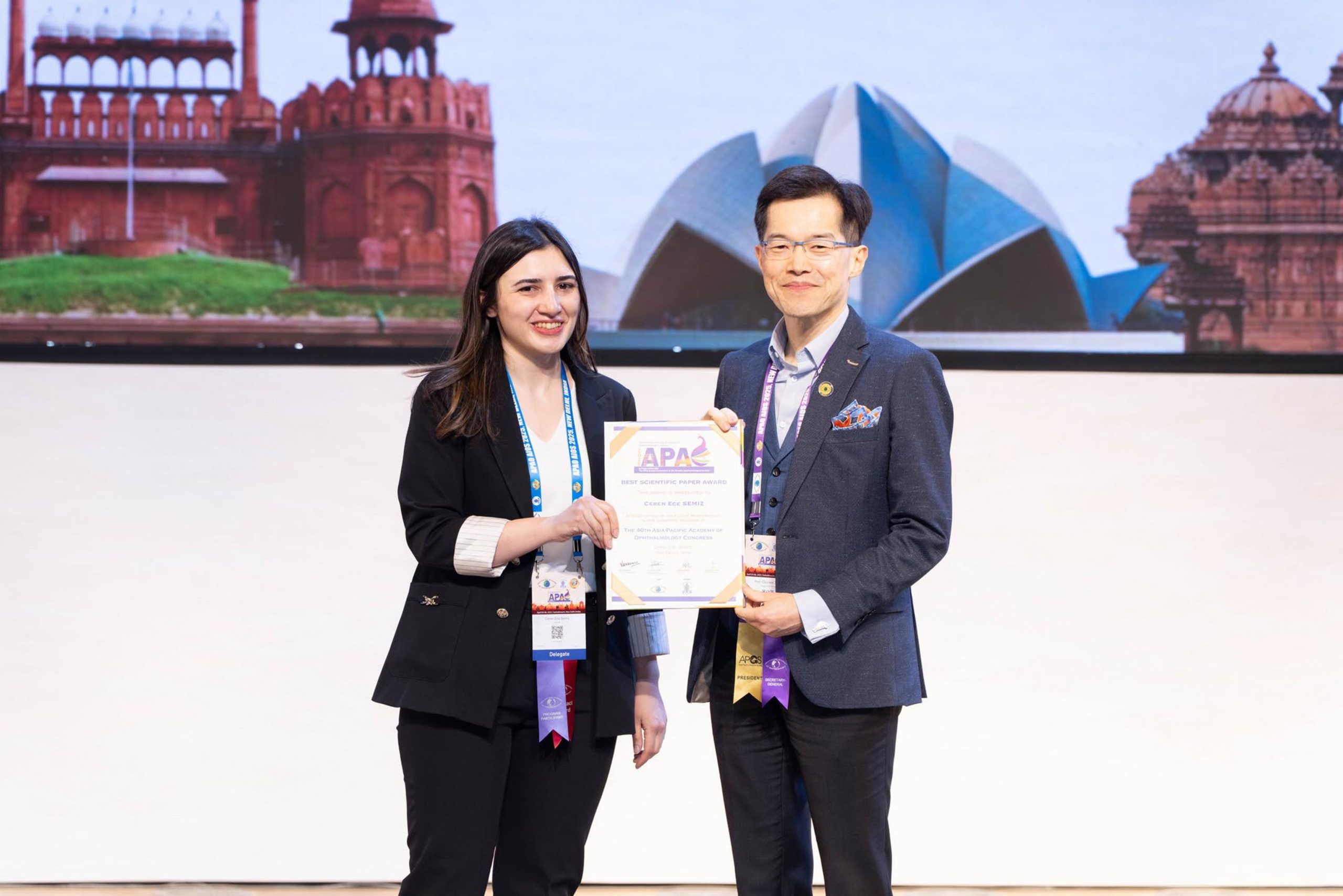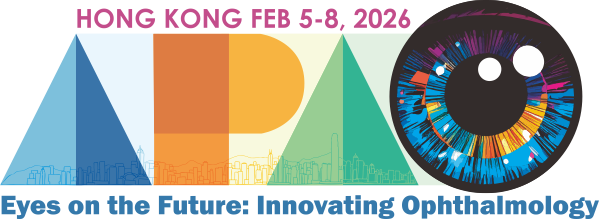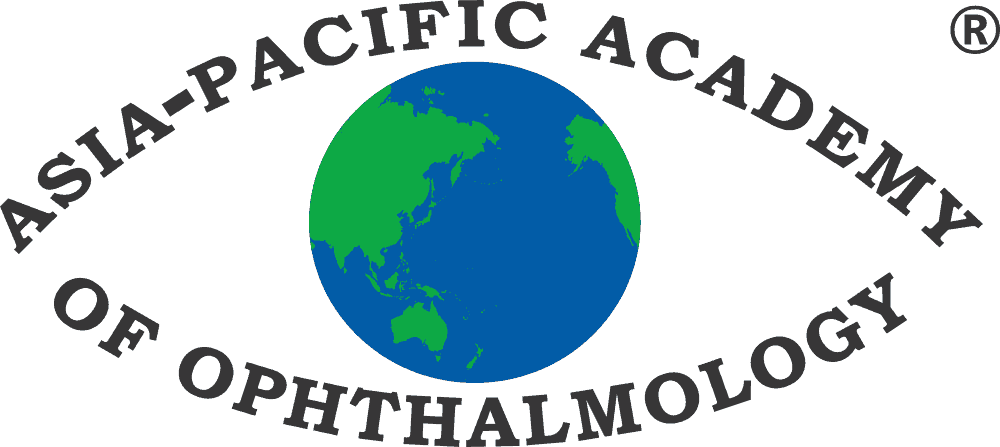July 16, 2025
Tips on Submitting an Outstanding Abstract:
Insights from Award-Winning Author Dr. Ceren Ece SEMIZ
APAO 2026 is calling for abstracts until September 1, 2025. Thinking about submitting your work and pondering how to start? We spoke with Dr. Ceren Ece SEMIZ, Research Assistant at the Eye Hospital in Prishtina, Kosovo, whose exemplary submissions at the recent APAO 2025 Congress earned her 2 Best Scientific Paper Awards.

Dr. Ceren Ece SEMIZ (left) receives her Best Scientific Paper Award certificates from APAO Secretary-General Prof. Clement C THAM.
First of all, congratulations! It was really an achievement to be selected for the Best Scientific Paper Awards. And your two papers won in both the subspecialties of “Cornea, Dry Eyes, External Eye Diseases and Eye Banking” as well as “Refractive Surgery”!
Thank you so much! I was both surprised and deeply grateful when I received the news. It was my first time submitting abstracts to the APAO, which makes the recognition even more meaningful, especially since both abstracts focus on lenticule transplantation, a procedure that has been more widely adopted in Asia compared to Europe.
What inspired you to choose the topics?
The first topic — Fresh Human Myopic Lenticule Implantation in Keratoconus, was driven by the growing need for safe, cost-effective, and tissue-preserving alternatives to corneal transplantation, especially in young patients. In Kosovo, where keratoconus is relatively prevalent, this approach holds significant clinical relevance. The opportunity to explore its ultrastructural integration with transmission electron microscopy gave us valuable insights into long-term tissue remodeling.
The second topic — Residual Refraction Correction via Q-value Modulation with SMILE — was inspired by real-world clinical challenges observed after LASIK. We aimed to explore whether postoperative asphericity adjustment through tissue addition could further optimize refractive outcomes.
From your experience, how can an author set a topic that stands out?
My advice for choosing a strong research topic is to start with a real clinical need or an unanswered question. Ask yourself: “Will this make a difference in real-life practice?” That’s often where the most meaningful ideas come from.
At the research stage, what steps did you take to ensure the methodology, conclusions, and logic were flawless?
We followed a structured approach to ensure that the methodology, reasoning, and conclusions were as rigorous and sound as possible. Both surgical procedures had been registered on ClinicalTrials.gov, which helped us align with standardized protocols from the very beginning.
Additionally, our first abstract had already been published. Throughout that process, we received expert feedback from the editorial team, which further strengthened the scientific clarity and consistency of our work.
At the writing stage, what are some good practices and potential pitfalls?
Start early and don’t rush the writing process. Give yourself enough time to reflect on your findings and structure your thoughts clearly. It’s equally important to proofread your work multiple times to ensure clarity, coherence, and accuracy.
As for pitfalls, avoid trying to make your abstract sound overly complicated. Clarity always wins over complexity.
Any other tips you would like to share with colleagues who are considering submitting abstracts to our next Congress?
Absolutely! If I had to give one piece of advice, it would be: don’t be afraid to submit, even if it’s your first time. I know how easy it is to overthink and doubt whether your research is “good enough,” but you never know who it might resonate with unless you put it out there.
|
To read Dr. Semiz’s work and abstracts by other authors who received |













